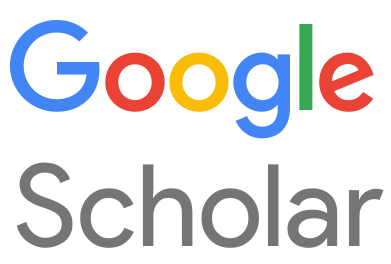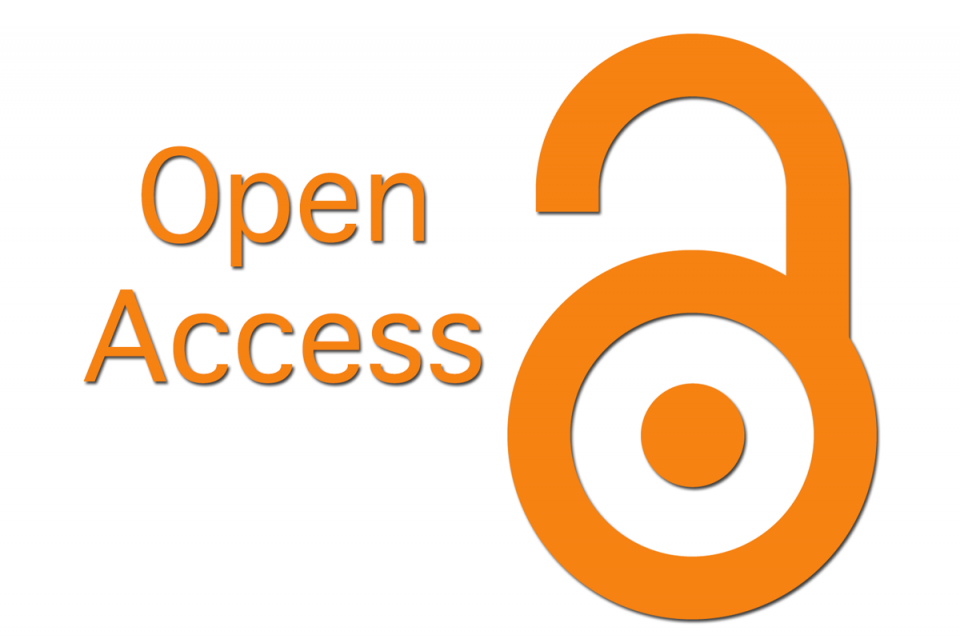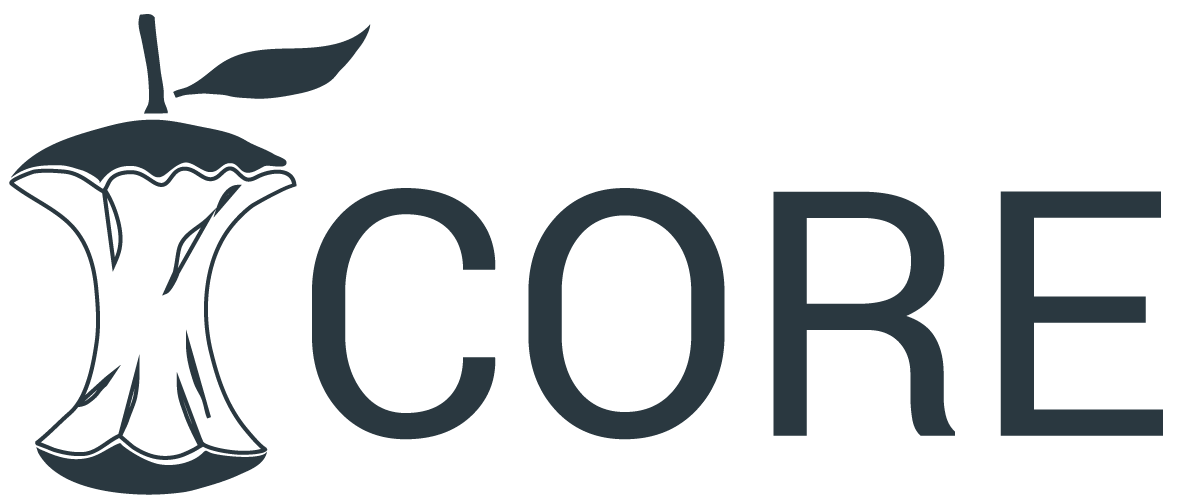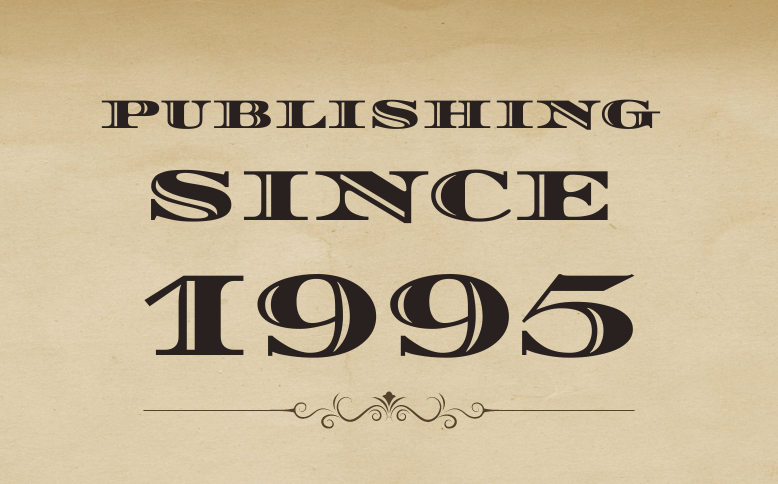A Survey in Analysing Increased Business Profitability by Instagram
Keywords:
Digital Marketing, Instagram, Marketing Strategy, Marketing, Media.Abstract
Digital marketing is a way of marketing followed by new generation marketers. In recent times traditional practices of marketing come-up to be less effective in terms of giving output. With the growth of technology more and more new age marketers are adapting digital marketing and Instagram is used as a platform for advertising products but a clear statistic idea related to efficiency of digital media marketing especially Instagram is not known. The current survey puts light on the effectiveness of digital media marketing – Instagram in advertisement of products and raised sales of articles. The survey carried shows that Social media platform – Instagram as a potential medium of conducting promotional activities and results in raised sales of a product. Thus, current study opens the future perspective to conduct more research on the connection of different social media platform and shopped articles.
Downloads
References
V. Kishore, “Digital Vidya,” Digitalvidya, 2019. .
N. Morris, “Understanding Digital Marketing: Marketing Strategies for Engaging the Digital Generation,”
J. Direct, Data Digit. Mark. Pract., 2009, doi: 10.1057/dddmp.2009.7.
J. Jacobson, A. Gruzd, and Á. Hernández-García, “Social media marketing: Who is watching the watchers?,” J. Retail. Consum. Serv., 2020, doi: 10.1016/j.jretconser.2019.03.001.
S. Medioni and S. Benmoyal Bouzaglo, Marketing digital. 2018.
A. T. Stephen, “The role of digital and social media marketing in consumer behavior,” Current Opinion in Psychology. 2016, doi: 10.1016/j.copsyc.2015.10.016.
M. T. P. M. B. Tiago and J. M. C. Veríssimo, “Digital marketing and social media: Why bother?,” Bus. Horiz., 2014, doi: 10.1016/j.bushor.2014.07.002.
P. Kotler and G. Armstrong, Kotler & Armstrong, Principles of Marketing | Pearson. 2018.
C. Belz, “Inbound marketing,” Mark. Rev. St. Gall., 2009, doi: 10.1007/s11621-009-0084-8.
Y. Hu, L. Manikonda, and S. Kambhampati, “What we instagram: A first analysis of instagram photo content and user types,” 2014.
P. S. H. Leeflang, P. C. Verhoef, P. Dahlström, and T. Freundt, “Challenges and solutions for marketing in a digital era,” Eur. Manag. J., 2014, doi: 10.1016/j.emj.2013.12.001.
A. Çelik et al., “No 主観的健康感を中心とした在宅高齢者における 健康関連指標に関する共分散構造分析Title,” J. Mater. Process. Technol., vol. 1, no. 1, pp. 1–8, 2018.
A. Yasmin, S. Tasneem, and K. Fatema, “Effectiveness of Digital Marketing in the Challenging Age: An Empirical Study,” Int. J. Manag. Sci. Bus. Adm., 2015, doi: 10.18775/ijmsba.1849-5664- 5419.2014.15.1006.
V. Kumar and R. Mirchandani, “Increasing the ROI of social media marketing,” MIT Sloan Manag. Rev., 2012, doi: 10.1109/emr.2013.6596535.
A. Mohammadpour, T. R. Arbatani, T. H. Gholipour, F. Farzianpour, and S. Hosseini, “A Survey of the Effect of Social Media Marketing on Online Shopping of Customers by Mediating Variables,” J. Serv. Sci. Manag., 2014, doi: 10.4236/jssm.2014.75034.
Downloads
Published
How to Cite
Issue
Section
License
You are free to:
- Share — copy and redistribute the material in any medium or format for any purpose, even commercially.
- Adapt — remix, transform, and build upon the material for any purpose, even commercially.
- The licensor cannot revoke these freedoms as long as you follow the license terms.
Under the following terms:
- Attribution — You must give appropriate credit , provide a link to the license, and indicate if changes were made . You may do so in any reasonable manner, but not in any way that suggests the licensor endorses you or your use.
- No additional restrictions — You may not apply legal terms or technological measures that legally restrict others from doing anything the license permits.
Notices:
You do not have to comply with the license for elements of the material in the public domain or where your use is permitted by an applicable exception or limitation .
No warranties are given. The license may not give you all of the permissions necessary for your intended use. For example, other rights such as publicity, privacy, or moral rights may limit how you use the material.









